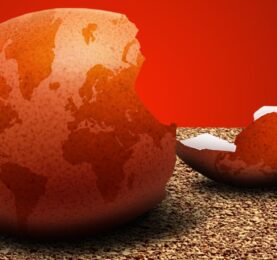Amidst faltering real estate and foreign investment sectors, China is in dire need of new engines for economic growth. The once thriving real estate industry has plummeted since mid-2021, with development activities estimated to be 26% lower than pre-pandemic levels. Adding to the gloom are long-term concerns such as an aging population, dwindling urbanization rates, and a decline in foreign investment, influenced by both short-term tactical issues and enduring structural challenges like slower growth, regulatory hurdles, and geopolitical tensions.
However, there are glimmers of hope, particularly in China’s robust export sector, which continues to play a pivotal role as a global supplier. While exports may not be the primary growth driver moving forward, China’s significance as a critical supplier remains steadfast. The number of importers reliant on China has been steadily increasing across major importing nations, with varying degrees of dependency. Notably, the United States faces the highest exposure, with nearly half of its imports from China categorized as critical dependencies. Moreover, there’s a discernible shift towards higher value-added sectors in the concentration of critical dependencies, particularly evident in EU imports from China. Consequently, China’s enduring position in the global supply chain is poised to offer some support to its growth trajectory.
Learn more here: https://www.allianz.com/en/economic_research/insights/publications/specials_fmo/2024_02_07_China-Economy.html











